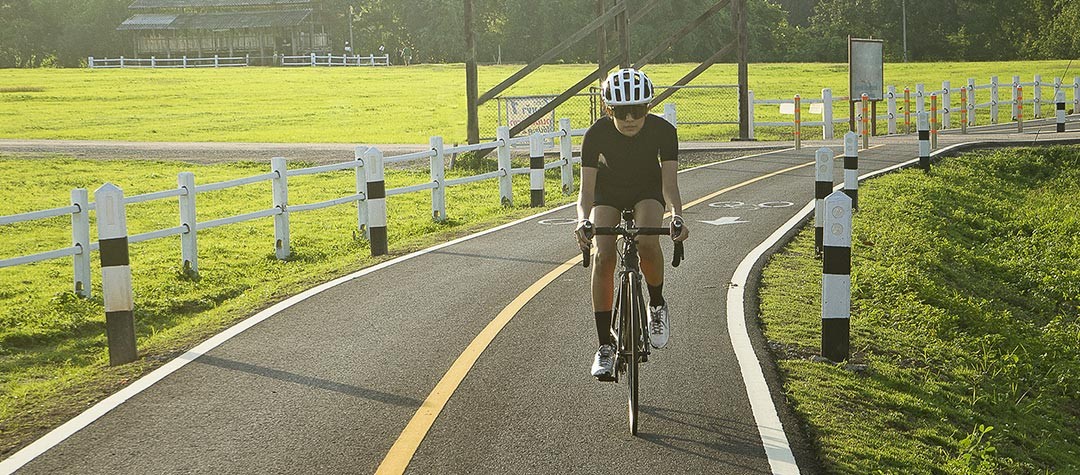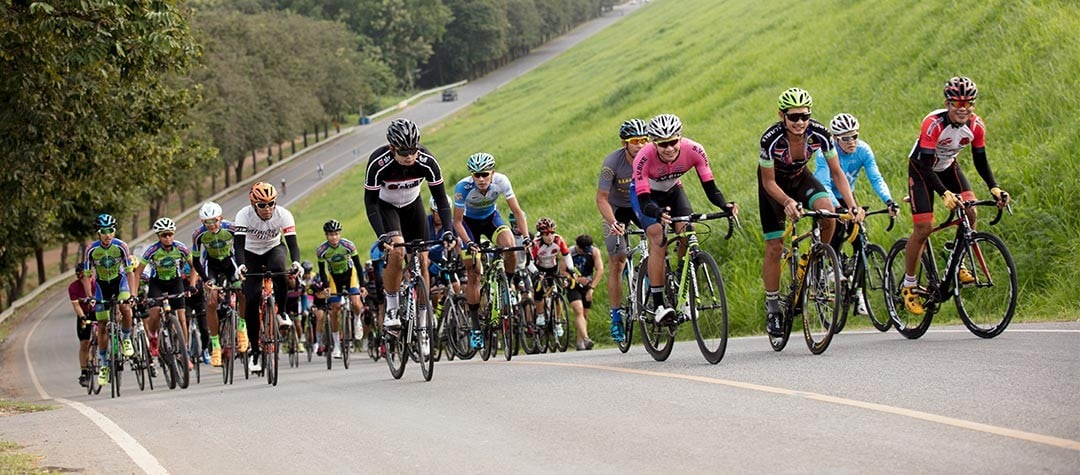Part of your post-ride routine should be given to stretching. Find out what stretches cyclists should do in order to maintain flexibility and improve performance.
The position we adopt to cycle is far from the most natural for humans to sit in for long hours in the saddle. When you ride, your body takes a hunched, confined position . As a result of this your muscles shorten and become tighter after you have completed a ride.
As a cyclist, you should ensure that you stretch after every ride to lengthen the muscles and remove tension from your body. Post-ride is the recommended time to stretch, as your muscles are warm and more pliable after riding. Stretching muscles after exercise also aids the removal of lactic acid in the muscles, therefore helping to prevent DOMS (Delayed Onset Muscle Soreness) and muscular injuries.
Post-ride is the recommended time to stretch, as your muscles are warm and more pliable after riding.
Another benefit of stretching is that it will improve your overall cycling performance and flexibility. The amount of power you exert into your strokes depends on your ability to drive forward from your gluteal muscles. You would not be able to generate a maximum power output from your gluteal muscles if they were tight. Longer hamstrings allow you to adopt a more aero position and stretched calves give you a more powerful stroke.
Muscles which have been stretched properly are also much more likely to be able to take the strain of the exercise. If one muscle feel tight, it is common for riders to shift their weight and put unnecessary pressure on other areas of the body, often resulting in knock-on injury effects.
A good stretching routine after your ride should help to prevent common cycling injuries and keep you riding at your best for longer. Coupled with the fact that stretching can also hugely enhance your performance, you would ignore it at your own cost.
Main muscles used when cycling
The primary muscles used during a ride are the; quadriceps, hamstrings, gluteus and calf muscles (gastrocnemius). Muscles in the neck and shoulders such as; the deltoids, cervical extensors and upper trapezius are also engaged for posture and support when riding. The biceps and triceps are also used, particularly when climbing hills.
Below are six videos of example stretches that target the main muscles used in cycling, for you to carry out after your rides.
Side lying quad stretch – Quads
Modified hurdler stretch – Hamstrings
Kneeling hip flexor stretch – Hip flexors
Supine Piriformis stretch – Glutes
Posterior shoulder stretch – Shoulders
Neck rotation stretch – Neck














